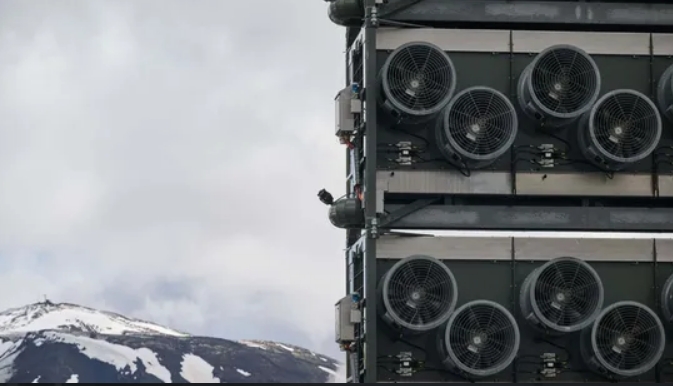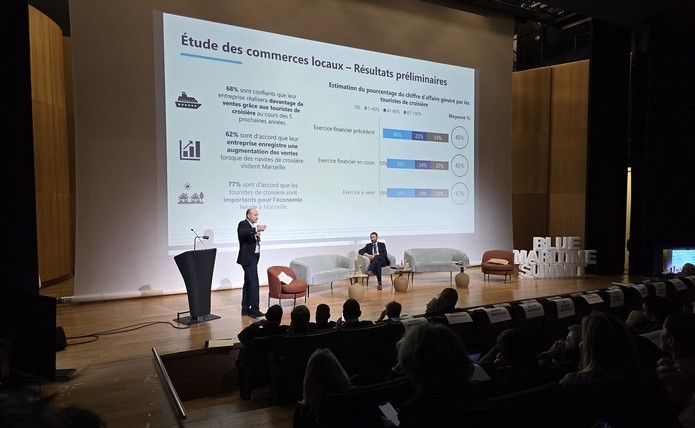In Iceland, a promising strategy is being tested to capture CO2 from the atmosphere: storage in the basalt subsoil. A possible solution to combat climate change whose effectiveness on a large scale nevertheless remains limited.
Among the solutions to combat climate change is the capture of greenhouse gases floating in the atmosphere. These gases, like CO2 and methane, trap heat in the Earth’s atmosphere, causing the overall temperature on Earth to increase.
Today, not only are we breaking records for greenhouse gas concentrations in the atmosphere—unseen in millions of years—but also the rate of increase in atmospheric CO2 concentrations is exceeding understanding. The more greenhouse gases there are in the atmosphere, the more our climate changes, and the more this risks creating irreversible impacts on ecosystems and human societies.
Directly capture CO2 from the atmosphere
Already, anything that allows us to depend less on fossil fuels is worth taking. But another strategy is developing in parallel. It aims to directly capture greenhouse gases, such as CO2, in the atmosphere. Some ecosystems do this very well. We know that oceans, soils and grasslands absorb part of human emissions. But these natural carbon sinks are only effective as long as these ecosystems are healthy, which is less and less the case. This is why several projects for capturing and storing CO2 using technology are emerging.
CO2 injected at a depth of 700 m
Concretely, large fans force the air to pass through filters, which capture the CO2 while allowing the other components of the air to continue their path. And this technology already works in 18 factories. Just last week, the world’s largest direct CO2 capture plant was inaugurated in Iceland.
It is no coincidence that the Swiss company Climeworks decided to set up its factory in Iceland. Geothermal energy, very common in Iceland, is used to power the installation and heat the chemical filters. The factory runs 100% on renewable energy. This is an important point, because today this technique is very energy intensive.
Climeworks is working with the company CarbFix for the rest of the CO2 journey. The gas is dissolved in water, to make a bit like sparkling water. This water is then injected at high pressure 700 m into the Icelandic basalt subsoil. Basalt reacts quickly with water loaded with CO2, forming a stable mineral, a carbonate mineral, in just a few years! It won’t move for a few million years at least.
Large-scale efficiency that remains limited
We are talking here about emerging technology, in full development, and as it is today, no, that will not be enough. At its maximum capacity, the Icelandic plant will be able to capture 36,000 tonnes of CO2 per year. By comparison, last year, human activities produced 37 billion tonnes of CO2. The Climeworks factory will rid us of the equivalent of the emissions of 7,800 thermal cars. Critics fear that this technology gives companies a license to pollute, to continue their activity without changing anything, but to pay a service provider to do the job.
The third working group of the IPCC in its latest report insists that to avoid the worst effects of climate change, it will first be necessary to prevent greenhouse gas emissions from reaching the atmosphere as much as possible, and then eliminate the carbon already present in the air. The best ton of CO2 is the one that is never emitted.




